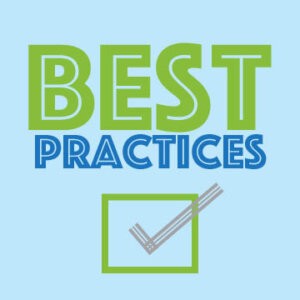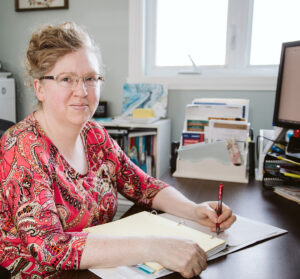“Best practices” is a term used in the business world that can be useful in our discussion of nonprofit translators and teams. What do we mean by best practices?
Here is the Merriam-Webster dictionary definition of best practice: a procedure that has been shown by research and experience to produce optimal results and that is established or proposed as a standard suitable for widespread adoption.
 The 9 best practices proposed in my course “Think Like a Translator” (now in beta testing) were developed during my five years of doctoral research at Université de Montréal. I thought you mind find it interesting to have a glimpse into the process that led to these best practices.
The 9 best practices proposed in my course “Think Like a Translator” (now in beta testing) were developed during my five years of doctoral research at Université de Montréal. I thought you mind find it interesting to have a glimpse into the process that led to these best practices.
During my own university translation training, I was often frustrated when comments were made about volunteer translation being synonymous with low quality. I thought that we should be doing something to change that! So after my Bachelor’s and Master’s degrees in Translation, I continued with a doctoral program in Translation Studies.
My research was carried out with my nonprofit translation team, The King’s Translators. This is a group formed in 2011 to fill the gap of French materials in our church denomination. There are over 20 members and most serve as volunteers. For large projects such as books, we have raised funds to pay some translators and revisers.
Through various research experiments, I identified the typical types of errors made by a “non-professional translator” (someone who does not do translation as their career or does not yet have extensive training or experience). Then, rather than trying to create dozens or hundreds of methods to correct all kinds of errors that can occur (this type of intense training is more suitable to a 3 to 4-year university translation program), I dug deeper to find out what was causing the translators to make the main types of errors.
The results were intriguing: behind the common translation errors I analyzed are 9 Myths believed by the translator. By presenting the translator with the Reality in each of these 9 situations, we are able to bring about a change in thinking, a paradigm shift. The translator is then presented with a Strategy for each of the 9 areas, that can be used to ensure quality translations. The Myth-Reality-Strategy combination makes up each of the 9 Best Practices.
Although my research was conducted with an English-to-French translation team, these 9 Best Practices are universal in the sense that they apply in any language combination. During the “Think Like a Translator” beta course, we are testing them with other languages to get a fuller picture of how they work.
Our goal is to propose (like the Merriam-Webster definition above) that these 9 Best Practices be adopted by non-professional translators working in teams, in order to maintain a quality standard in non-profit translation.
Stay tuned to hear more about these Best Practices.
Have a great day!
Liane 🙂
